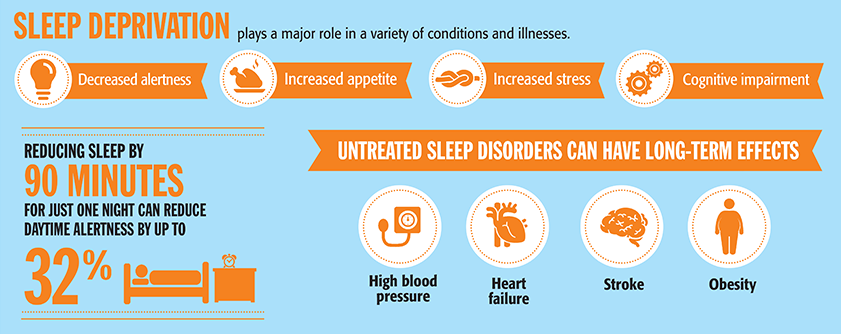Why the Impending Darkness Affects Circadian Rhythm
It’s no secret that we are living under unique circumstances in Alaska: lots of light over the past few months, and lots of darkness to look forward to for the next six months. Though it might seem counter intuitive, winter in Alaska actually makes sleep more difficult for many people, especially as you move further north.
Simply put, the excess darkness can be extremely disruptive to three things that are essential for the onset of sleep:
- Ability to get daylight
- Ability to be physically active
- Hormone levels
Thus, there are many ways for your circadian rhythm to be negatively affected as winter approaches. It is crucial to understand this before preparing for and preventing insomnia as we head into winter because you need to know what and how to prevent it. Let’s look at circadian rhythm more closely.
Why Circadian Rhythm is Affected in Alaskan Winters
Disrupted circadian rhythm quickly can quickly turn into erratic sleep and can either:
- Cause insomnia or insomnia symptoms
- Increase the severity of existing insomnia
The reason insomnia is a primary symptom of dark Alaskan winters is because absence of daylight can interfere with the normal rhythm of your body’s production of melatonin. Melatonin is the hormone that helps regulate your circadian rhythm.
Changes in light and darkness help cue production of melatonin:
- It is secreted about two hours before bedtime
- Its secretion ends upon waking up
Melatonin is light sensitive – it responds to changes in light. In Alaska where winter darkness is either especially long or a permanent fixture in the sky, you lack the environmental clues to naturally start and stop melatonin production. This can lead to not producing enough melatonin before bed or producing melatonin too early, hence your circadian rhythm is inhibited.
Recognizing Insomnia Symptoms During Seasonal Transition
Primary insomnia symptoms are fairly easy to recognize, and all involve not being able to get enough sleep:
- Not being able to get to sleep
- Being unable to stay asleep throughout the night
- Waking up far to early
But contrary to popular conception, symptoms of insomnia are not simply being unable to sleep, as listed above. In fact, secondary insomnia symptoms include [SleepEducation] many other symptoms that bleed into daily life, such as:
- Daytime sleepiness
- Fatigue
- Lack of motivation
- Problems with attention, memory, or concentration
- Concerns and frustrations related to sleep (or lack of it)
- Moodiness
- Inability to fall asleep at desired times (i.e., erratic sleep cycle)

As we transition to the long Alaska winter darkness, you may find these symptoms slowly cropping up in your life. Or, if you already struggle with insomnia, you may find them exacerbated.
Using Light Therapy During Seasonal Transition to Prevent Insomnia
Considering the importance of light for combating erratic sleep cycles, one of the best things to prepare for and prevent insomnia during Alaskan dark winters is to start using light therapy.
Light therapy simply involves exposing yourself to bright fluorescent light bulbs encased in a box with a diffusing screen. This light is designed to simulate the intensity of light (10,000 lux) in a way that is safe for the eyes.
You can use this light box in virtually any capacity, such as:
- Next to your computer at work
- When you do you morning routine to get ready (read, eat breakfast, put on makeup, etc.)
- Reading
- Eating meals like dinner
The idea is to replace the darkness outside with artificial sunlight that you can turn on and off at about the times you see sunlight in a less extreme environment. In other words: timing is everything.
- Begin using light therapy when the amount of darkness is greater than light (in Anchorage, this starts in October) – use this Alaska daylight hours calculator to see when you should start using light therapy
- Start exposing yourself to your light box in the morning when you wake up
- Stop exposing yourself to your light box in the evening, just after dinner
Make sure to pay attention to the intensity of your light box. Less intense light boxes (i.e., 2,500 lux) will require more exposure.
What to Do When Light Therapy Fails to Combat Alaskan Winter Insomnia
If light therapy, among other sleep techniques, fails to help relieve your insomnia in winter, there may be other underlying issues at play.
In such cases, further intervention is probably a good idea:
- Consult with a sleep specialist
- Get a sleep study evaluation
- Consult with your healthcare practitioner


